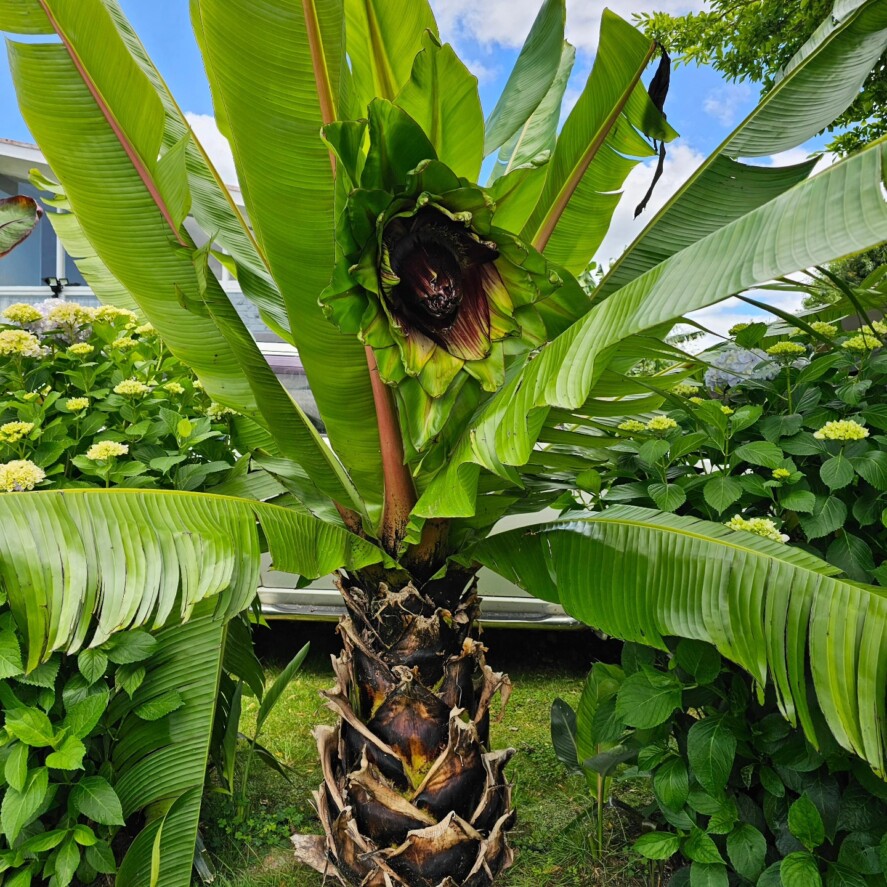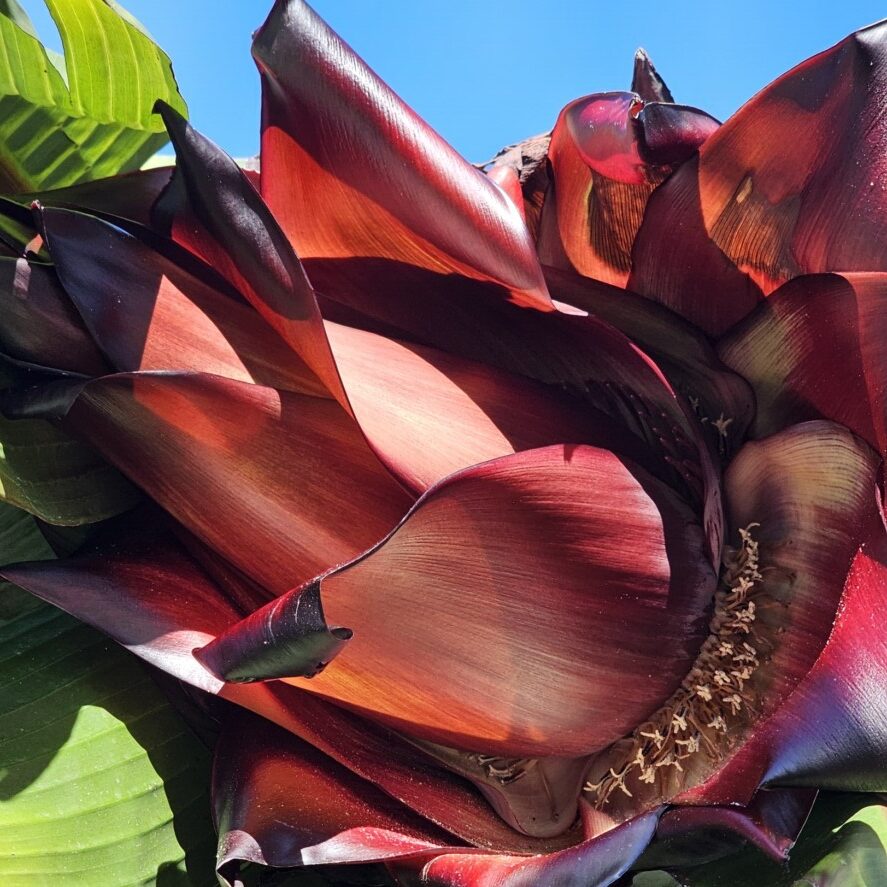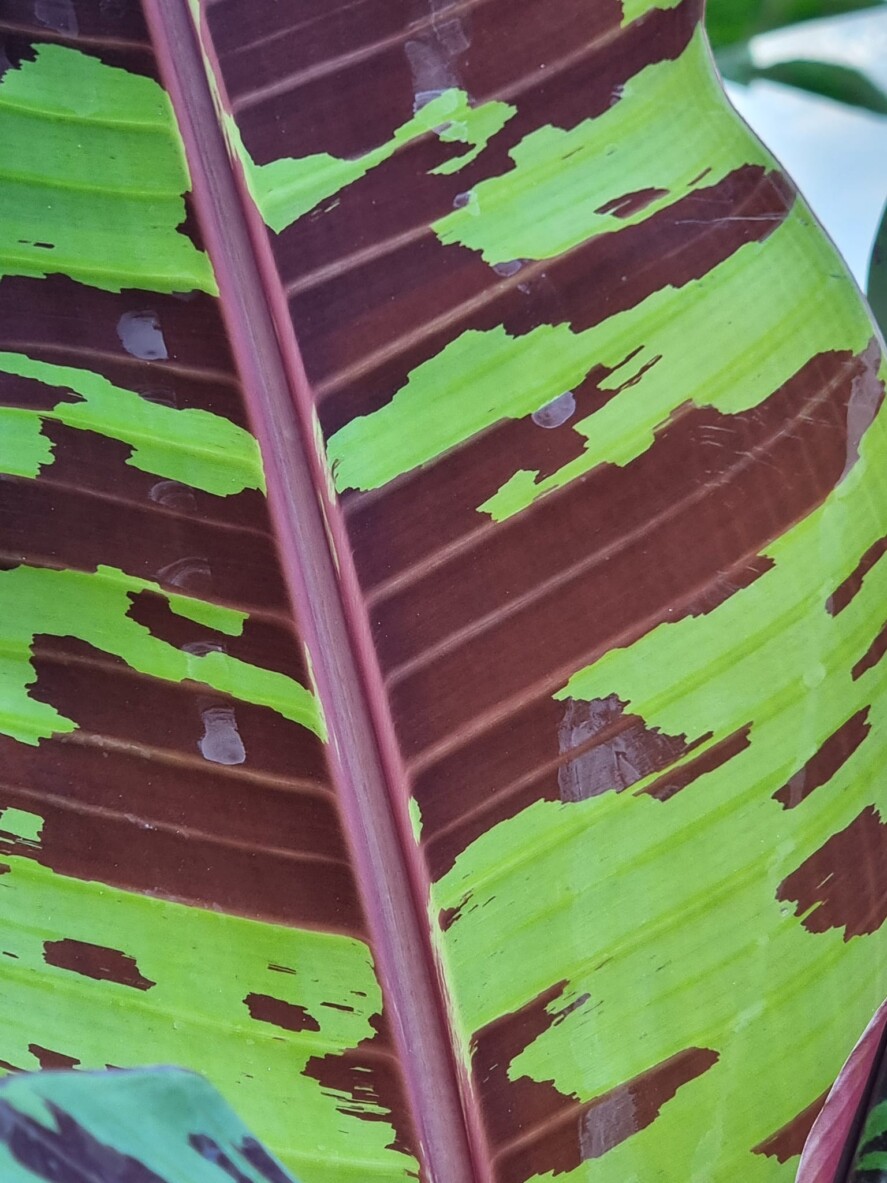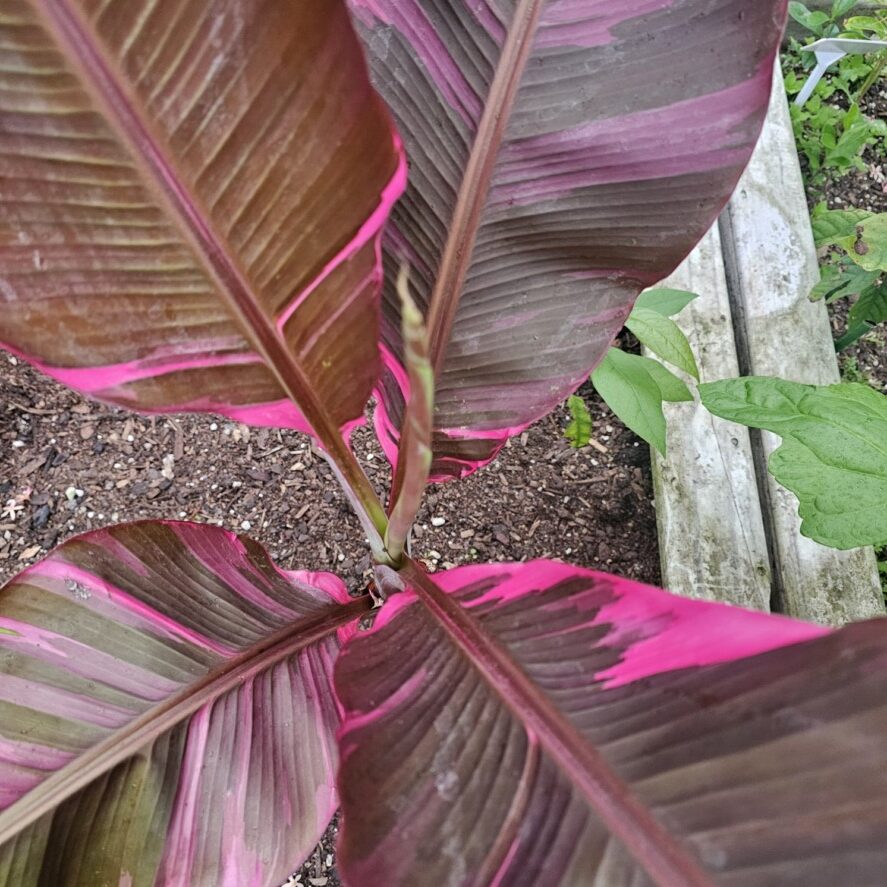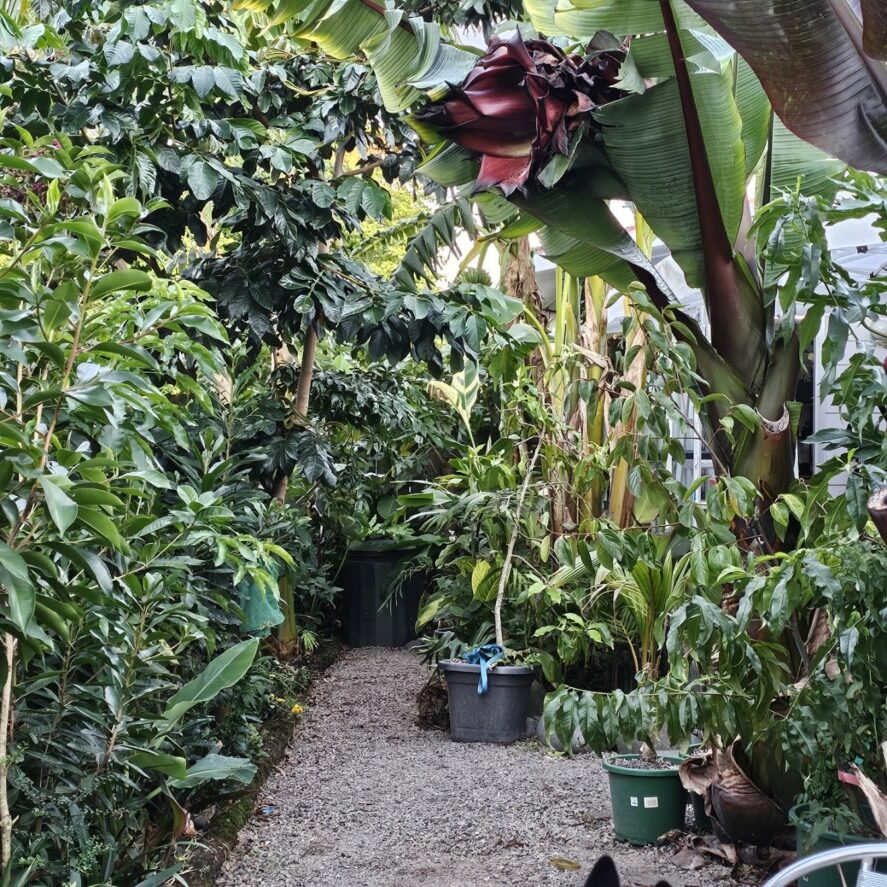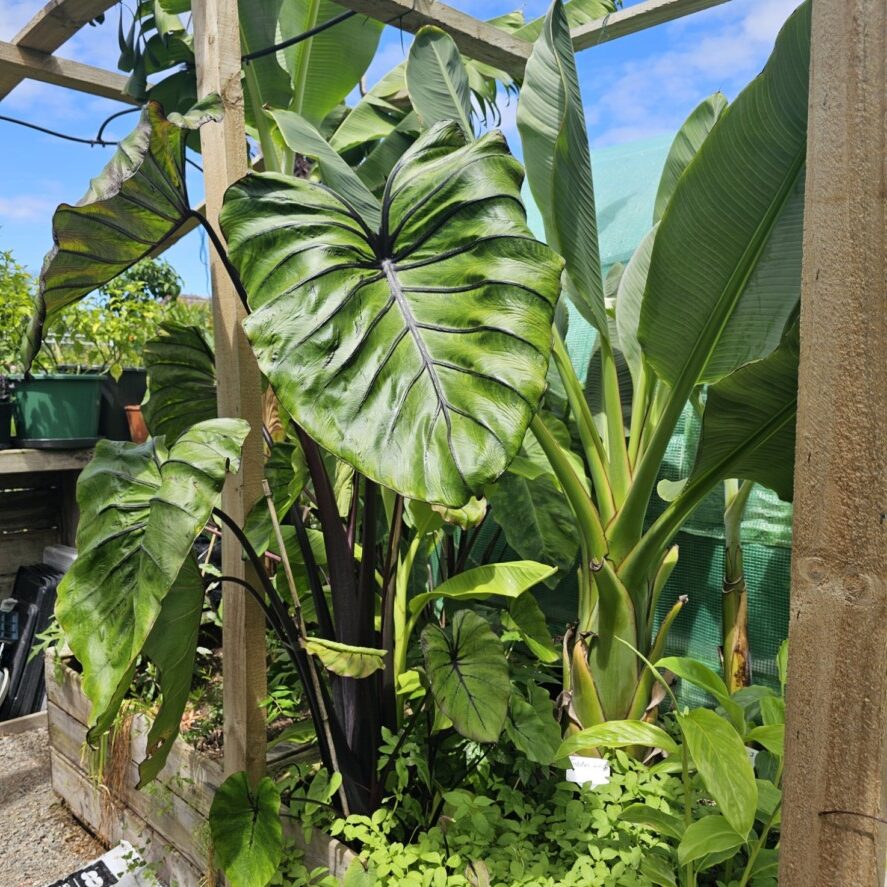-
Troppo Plant & Garden Articles
- Te Puke Region
- TROPPO’s Food Forest in Te Puke, BOP (www,foodforest.org.nz)
- Troppo’s Plant Collection
- TROPPO's Nursery Directory
- Food Forests of New Zealand (www.foodforests.nz)
- Nursery Map - Plant Suppliers of NZ Directory (www.nurserymap.nz)
- Kids Garden Corner
- New Zealand Garden Bird Survey
- New Zealand Garden Groups
- Delicious Recipes
Bird of Paradise ‘Spoonbill’ – A Rare and Elegant Bird of Paradise Species
Over the years, you may have stumbled upon fascinating tales of the avian world, but few compare to the enchanting allure of the Bird of Paradise ‘Spoonbill.’ This extraordinary species captivates bird enthusiasts and casual observers alike with its unique features and graceful demeanor. As you dive deeper into the characteristics, habitat, and conservation efforts surrounding this rare bird, you will be amazed by the elegant beauty and complexity of the ‘Spoonbill’ and its importance in the ecosystem it inhabits.
Physical Characteristics
Before exploring the allure of the Spoonbill, it’s vital to understand its remarkable physical traits. This elegant bird boasts unique features that set it apart from other species in the Bird of Paradise family. From its striking bill to its vibrant plumage, the Spoonbill exudes a charm that captivates bird enthusiasts and casual observers alike.
Distinctive Spoon-shaped Bill
Physical characteristics of the Spoonbill include its notably distinctive spoon-shaped bill, which is broad and flattened at the tip. This unique adaptation allows you to sift through mud and shallow waters in search of fish and invertebrates, contributing to your understanding of how this bird thrives in its habitat.
Plumage and Coloration
Against a backdrop of lush surroundings, the Spoonbill’s plumage presents a striking spectacle. You will notice its feathers are predominantly a blend of soft pink and white, with some variations that can depend on the individual bird’s age and diet. Their vibrant bills are equally stunning, often embellished with a hint of yellow or orange.
With its delicate plumage and eye-catching coloration, the Spoonbill stands out in any environment. The soft pink tones harmonize beautifully with its habitat, capturing the light in enchanting ways. Additionally, the brilliant hues of the bill provide both a functional tool for feeding and a stunning visual display, making the Spoonbill a true icon of elegance in the avian world.
Habitat and Distribution
Some of the most stunning aspects of the Bird of Paradise ‘Spoonbill’ arise from its unique habitat preferences and distribution. This elegant bird thrives in specific environmental conditions, making its presence both a delight and a rarity in the avian world. The Spoonbill predominantly resides in lush rainforests and forest edges, where it finds ample cover and resources for survival.
Geographic Range
Below the lush canopies of the tropical rainforests, the geographic range of the ‘Spoonbill’ spans across select regions in New Guinea and nearby islands. This limited distribution showcases the bird’s affinity for specific habitats, emphasizing its rarity and the importance of conservation efforts in these areas.
Preferred Ecosystems
For the ‘Spoonbill,’ the preferred ecosystems include moist, tropical rainforests and open woodlands, as these areas provide ample food sources and nesting sites. The dense foliage offers protection from predators while allowing the bird to engage in its vibrant displays.
With its reliance on lush environments, the Bird of Paradise ‘Spoonbill’ favors regions with high biodiversity, where it can feast on fruits, insects, and nectar. These ecosystems are vital for your understanding of the bird’s survival, highlighting the interconnectedness of flora and fauna. By safeguarding these habitats, you play a role in ensuring the ongoing existence of this stunning species and its unique interactions within the ecosystem.
Behavior and Social Structure
Even in their natural habitats, the Bird of Paradise ‘Spoonbill’ exhibits fascinating behaviors that underscore its complex social structure. You will find that these birds are known for their elaborate courtship displays and interactions with one another, showcasing a hierarchy that emphasizes both beauty and social bonds within their communities.
Courtship Rituals
Among the most captivating aspects of the ‘Spoonbill’ is its courtship ritual, which involves intricate dances and vibrant displays of plumage. You may observe males performing elaborate performances to attract females, showcasing their colorful feathers and unique movements that are vital for securing a mate.
Social Interactions
Between the vibrant displays and social bonds, the social interactions of the ‘Spoonbill’ can be quite elaborate. You’ll notice that these birds often engage in cooperative behaviors such as foraging together and grooming one another, reinforcing their social connections.
Consequently, the social dynamics within ‘Spoonbill’ communities are vital for their well-being. You may observe that these birds form strong pair bonds and maintain relationships through playful interactions and vocalizations. This interconnectedness fosters a supportive environment that is vital for their survival and reproduction, ensuring that every individual plays a role in the success of their group.
Diet and Feeding Habits
Your understanding of the Bird of Paradise ‘Spoonbill’ highlights its unique dietary preferences, as these exquisite birds primarily feed on various insects, fruits, and nectar. Their feeding habits play a vital role in their ecological niche, influencing both their physical development and mating behavior.
Foraging Techniques
Across the lush canopies of their rainforest habitats, Spoonbills exhibit remarkable foraging techniques. They often use their long, spoon-shaped bills to probe into flowers and crevices, extracting nectar and insects with deft precision, showcasing their adaptability and skill in locating food.
Primary Food Sources
Primary food sources for the Bird of Paradise ‘Spoonbill’ consist of nectar from flowers, a variety of soft fruits, and an assortment of insects. This diverse diet not only supports their nutritional needs but also contributes to the pollination of the plants they frequent.
Diet plays a significant role in the Bird of Paradise ‘Spoonbill’s’ overall health and vitality. By indulging in nectar from flowering plants, they gain necessary sugars and nutrients, which are especially important during breeding season. Insects provide the protein necessary for growth and reproduction, while fruits offer vitamins that enhance their immune system. This balanced diet ensures that these birds maintain their vibrant plumage and energetic displays, key elements in attracting mates and thriving in their natural habitats.
Conservation Status
Now, it is necessary to recognize the conservation status of the Bird of Paradise ‘Spoonbill’. This exquisite species is currently classified as vulnerable, facing significant threats that impact its population. Conservation efforts are vital to ensure that this unique bird continues to thrive in its natural habitat.
Population Threats
Population threats include habitat loss due to deforestation, climate change, and human encroachment. The destruction of wetlands where these birds nest and feed significantly impacts their survival. Additionally, hunting poses a danger to their numbers, making awareness and action imperative for their conservation.
Protection Measures
Threats to the Spoonbill are being addressed through various protection measures that include habitat restoration, legal protection, and public awareness campaigns. Engaging local communities in conservation efforts is vital for promoting sustainable practices that protect these birds’ habitats.
This restorative approach not only focuses on safeguarding the Spoonbill’s habitat but also enhances local biodiversity. By creating protected areas and involving stakeholders, you can contribute to long-term environmental health. Educating yourself and others about sustainable practices can help mitigate the pressures on these magnificent birds, paving the way for a more stable future for the Spoonbill.
Scientific Significance
Many researchers value the Bird of Paradise ‘Spoonbill’ for its unique adaptations and behaviors, which provide insights into evolutionary processes and habitat dynamics. Studying this rare species enhances your understanding of biodiversity and conservation efforts, as it relies on specific ecosystems that are becoming increasingly endangered. As you explore its scientific classification and evolutionary traits, you gain a deeper appreciation for the intricate web of life that sustains such a captivating creature.
Taxonomic Classification
Beside its aesthetic appeal, the taxonomic classification of the Bird of Paradise ‘Spoonbill’ showcases its distinct lineage within the avian world. It belongs to the family Paradisaeidae, illustrating its close relation to other exotic bird species while being recognized for its unique features and behavior. Understanding its classification helps you appreciate the evolutionary relationships and ecological roles these birds play in their habitats.
Evolutionary Adaptations
The Bird of Paradise ‘Spoonbill’ exhibits remarkable evolutionary adaptations that enhance its survival and reproductive success. These adaptations include its distinctive long, spoon-shaped bill and elaborate courtship displays, making it a fascinating subject for study. Through these traits, the Spoonbill attracts mates and efficiently feeds within its unique habitat, maintaining ecological balance.
At the heart of the Bird of Paradise ‘Spoonbill’s’ evolutionary success lies its specialized feeding mechanism and striking mating rituals. Its spoon-shaped bill allows you to grasp food items, such as insects and small aquatic creatures, effectively in wet environments. This adaptability not only aids in foraging but also enhances its attractiveness to potential mates during breeding seasons. By understanding these evolutionary traits, you deepen your appreciation for how the Spoonbill thrives in its endemic habitat, contributing to the overall diversity of avian life.
To wrap up
Considering all points, the Bird of Paradise ‘Spoonbill’ offers a striking example of nature’s elegance and rarity. As you explore this unique species, you’ll appreciate its vivid coloration and fascinating mating rituals, which contribute to its allure among avian enthusiasts. If you have the opportunity to witness the Spoonbill in its natural habitat, you’ll gain a deeper understanding of the delicate ecosystems that support such remarkable wildlife. Ultimately, your appreciation for the unique characteristics and behaviors of the Spoonbill will enhance your connection to the natural world.

